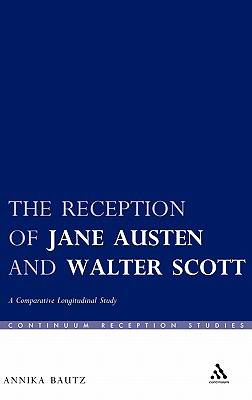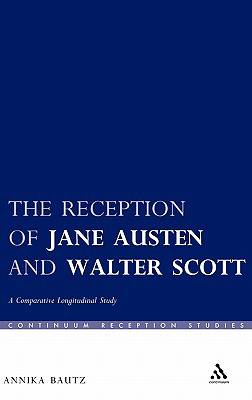
Je cadeautjes zeker op tijd in huis hebben voor de feestdagen? Kom langs in onze winkels en vind het perfecte geschenk!
- Afhalen na 1 uur in een winkel met voorraad
- Gratis thuislevering in België vanaf € 30
- Ruim aanbod met 7 miljoen producten
Je cadeautjes zeker op tijd in huis hebben voor de feestdagen? Kom langs in onze winkels en vind het perfecte geschenk!
- Afhalen na 1 uur in een winkel met voorraad
- Gratis thuislevering in België vanaf € 30
- Ruim aanbod met 7 miljoen producten
Zoeken
€ 339,45
+ 678 punten
Omschrijving
Of all the great novelists of the Romantic period, only two, Jane Austen and Walter Scott, have been continuously reprinted, admired, argued about, and read, from the moment their works first appeared until the present day. In a pioneering study, Annika Bautz traces how Scott's nineteenth-century success among all classes of readers made him the most admired and most widely read novelist in history, only for his readership to plummet sharply downwards in the twentieth century. Austen's popularity, by contrast, has risen inexorably, overtaking Scott's, and bringing about a reversal in reputation that would have been unthinkable in the authors' own time. To assess the reactions of readers belonging to diverse interpretative communities, Bautz draws on a wide range of indicators, including editions, publisher's relaunches, sales, reviews, library catalogues and lending figures, private comments in diaries and letters, popularisations. She maps out the long-run changes in the reception of each author over two centuries, explaining literary tastes and their determinants, and illuminating the broader culture of the successive reading audiences who gave both authors their uninterrupted loyalty. The first ever comparative longitudinal study, firmly based on empirical and archival evidence, this book will be of interest to scholars in Romanticism, Victorianism, book history, reading and reception studies, and cultural history.
Specificaties
Betrokkenen
- Auteur(s):
- Uitgeverij:
Inhoud
- Aantal bladzijden:
- 208
- Taal:
- Engels
- Reeks:
Eigenschappen
- Productcode (EAN):
- 9780826495464
- Verschijningsdatum:
- 9/08/2007
- Uitvoering:
- Hardcover
- Formaat:
- Ongenaaid / garenloos gebonden
- Afmetingen:
- 163 mm x 236 mm
- Gewicht:
- 476 g

Alleen bij Standaard Boekhandel
+ 678 punten op je klantenkaart van Standaard Boekhandel
Beoordelingen
We publiceren alleen reviews die voldoen aan de voorwaarden voor reviews. Bekijk onze voorwaarden voor reviews.









